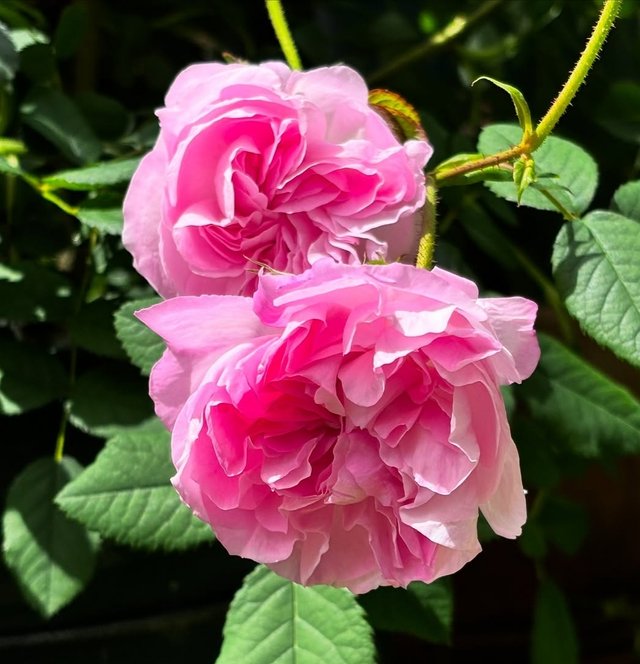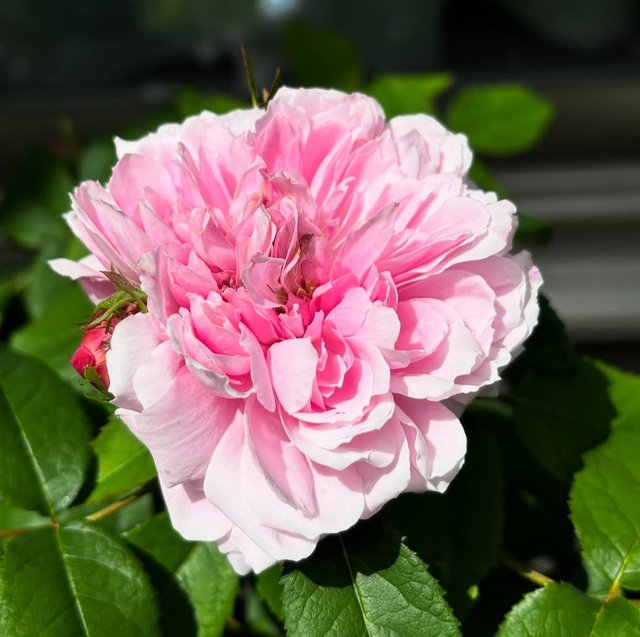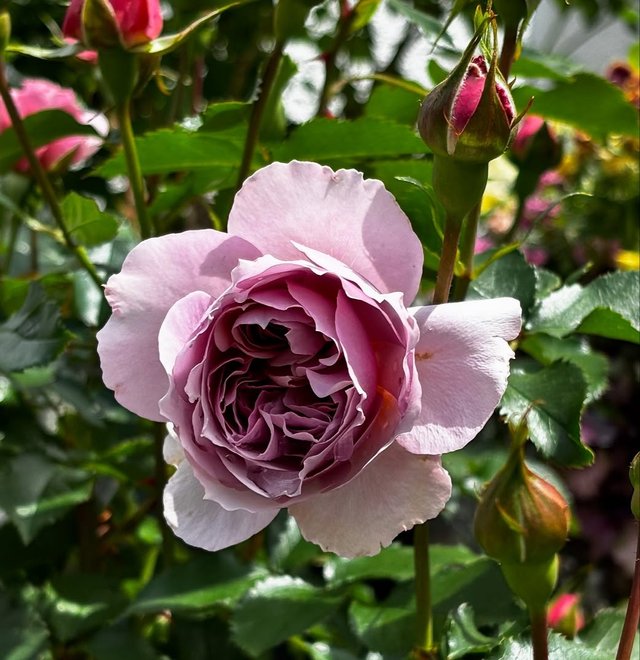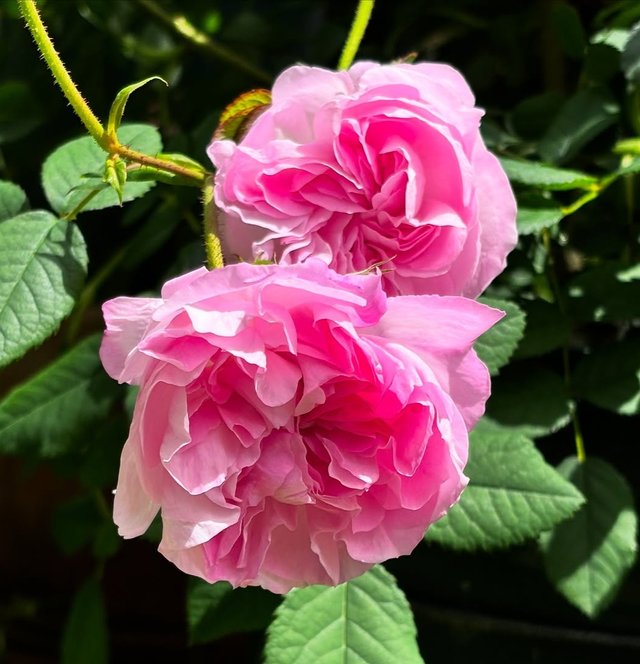Rhododendron Schlippenbachii So Amazing Flower
Rhododendron schlippenbachii – The Royal Azalea of Eastern Asia
Among the many jewels of the Rhododendron genus, few are as cherished and celebrated as Rhododendron schlippenbachii, commonly known as the Royal Azalea. Native to the temperate woodlands of northeastern Asia, this deciduous shrub has long captivated botanists, gardeners, and nature lovers with its elegant form, soft-colored blossoms, and cultural significance.
Botanical Overview
Rhododendron schlippenbachii is a member of the Ericaceae family and one of the few deciduous azaleas within the rhododendron group. Unlike its evergreen cousins, the Royal Azalea sheds its leaves in the fall, revealing a striking branching structure that adds winter interest to gardens.
Height & Spread: Typically reaches 4 to 6 feet in height, with a similar spread. In the wild, it may grow even taller under optimal conditions.
Leaves: Broadly ovate, light green in spring and summer, turning brilliant shades of red, orange, and yellow in autumn.
Flowers: Soft pink to pale rose, sometimes nearly white, with occasional darker spotting on the upper lobes. They bloom in late spring (May to early June), often before or alongside leaf emergence, and emit a delicate fragrance.
Native Habitat and Distribution
This species is indigenous to Korea, northeastern China, parts of the Russian Far East, and Japan. In Korea, where it is particularly abundant, Rhododendron schlippenbachii is a symbol of national pride and cultural heritage. It thrives in forested hillsides and mountain slopes, preferring well-drained acidic soils and partial shade, though it can tolerate more sun in cooler climates.
Its natural habitat is one of seasonal extremes, which the plant has adapted to with remarkable resilience. Cold-hardy to USDA Zone 4, it can withstand harsh winters, while its deciduous nature helps it conserve energy through seasonal dormancy.
Horticultural Appeal
Gardeners prize the Royal Azalea for its ornamental beauty and seasonal interest. It is often used as a specimen shrub or in naturalistic plantings, where its graceful form and vibrant colors can shine. It pairs well with other woodland plants such as ferns, hostas, and shade-tolerant perennials.




%20(7).jpeg)